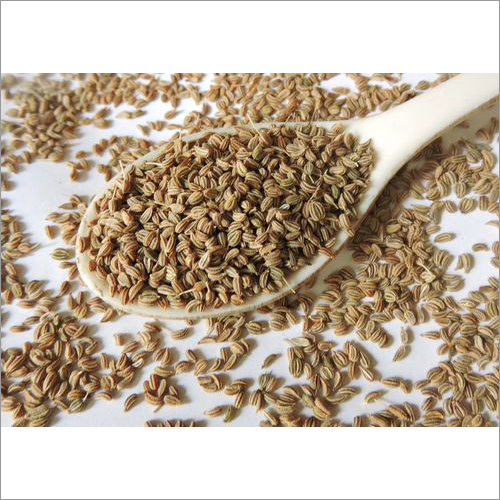
Mint Leaves
Product Description
Mint Leaves are anti-inflammatory, which aids in the reduction of stomach irritation. These leaves can also be used to aid with indigestion. Our leaves are high in phosphorus, calcium, and vitamins C, D, E, and A, all of which help to boost the immune system. Besides, both raw and cooked Mint Leaves are edible. Infuse your water with a few sprigs of mint for a cold, refreshing flavor with a hint of sweetness. They are very effective as well as economical to use.
FAQ
1. What kind of nourishment are mint leaves supposed to have?
Ans - Mint leaves are a wonderful source of potassium, magnesium, iron, and calcium, as well as vitamins A and C. Additionally, they include a lot of antioxidants, which can help shield the body from the harm that free radicals can do.
2. How should mint leaves be kept?
Ans - Mint should be kept in the refrigerator in an airtight container to preserve its flavour and freshness. You can also keep fresh leaves for up to three months in the freezer.
3. How should I utilise mint leaves?
Ans - There are numerous uses for mint leaves. They can be used as a garnish, an ingredient in sauces and marinades, or they can be added to salads and sandwiches. Tea and other beverages can also be flavoured with them.
4. Can you use mint leaves in recipes?
Ans - A terrific ingredient to many dishes is mint leaves. Both savoury foods like soups, stews, and sauces as well as sweet foods like desserts and beverages can benefit from their flavour.
5. Do mint leaves have any health advantages when consumed?
Ans - Yes! The antioxidant and anti-inflammatory qualities of mint leaves are believed to assist the body fend against free radical damage. They have also been demonstrated to support digestion, lessen motion sickness, and calm an upset stomach.






















